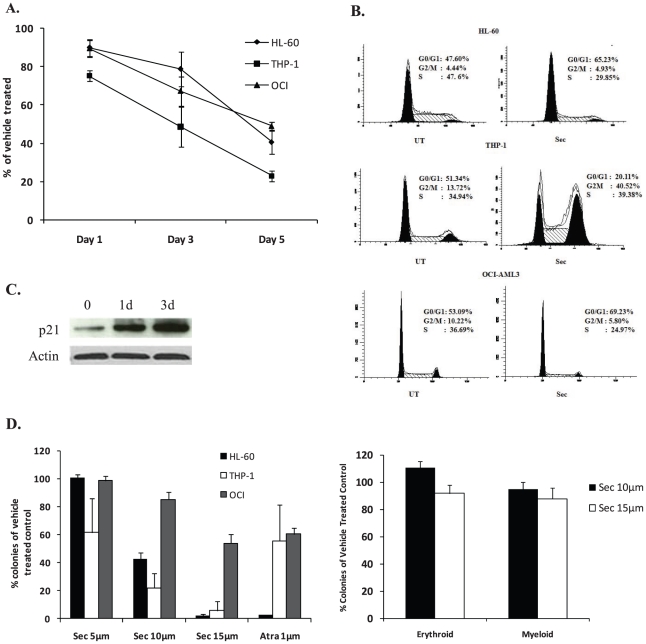Figure 2. Securinine leads to alterations in AML cell proliferation.
A. Securinine inhibits AML cell proliferation. HL-60, OCI-AML3 and THP-1 cells were treated with vehicle or securinine (15 µM) for 5 days. The number of cells present at days 1, 3, 5 after treatment was determined by counting at least 200 cells with a hematocytometer. Results are expressed as percentage of cells present in the treated as compared to vehicle wells. Results are an average of 3 independent experiments. B. Securinine induces alterations in the cell cycle of HL-60, OCI-AML3 and THP-1 cells. AML cells were treated for 24 hours with the securinine (15 µM) or vehicle, fixed, stained with propidium iodide and analyzed for cell cycle content by flow cytometry. Results are representative of 3 independent experiments. C. Securinine induces p21. HL-60 cells were treated with securinine (15 µM) for the indicated timepoints and cell lysates were analyzed for p21 expression by western blot. D. Securinine potently inhibits colony formation of AML, but not normal hematopoietic cells. HL-60, OCI-AML3 and THP-1 cells were incubated with securinine or vehicle for 4 days and the drug was washed off. An equal number of viable cells were added to soft agar and colony formation was assessed after 10 days. Normal human bone marrow was treated in a similar manner, but was plated in methylcellulose. Results are expressed as the percentage of colonies in the treated group compared to vehicle control group and are an average of two independent experiments performed in duplicate.

